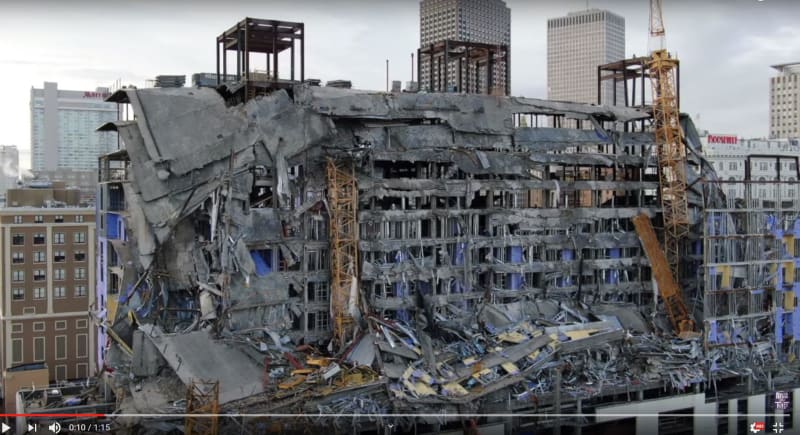TGHAN
Civil/Environmental
- Oct 29, 2019
- 2
I'm new to this forum and learning a great deal from the structural discussions. It is my experience that collapses like these are usually construction accidents caused by a sequence of events. Hard to analyze because the load or stress is no longer present. Does anyone know if there were operators in the cranes at the time of the collapse?

